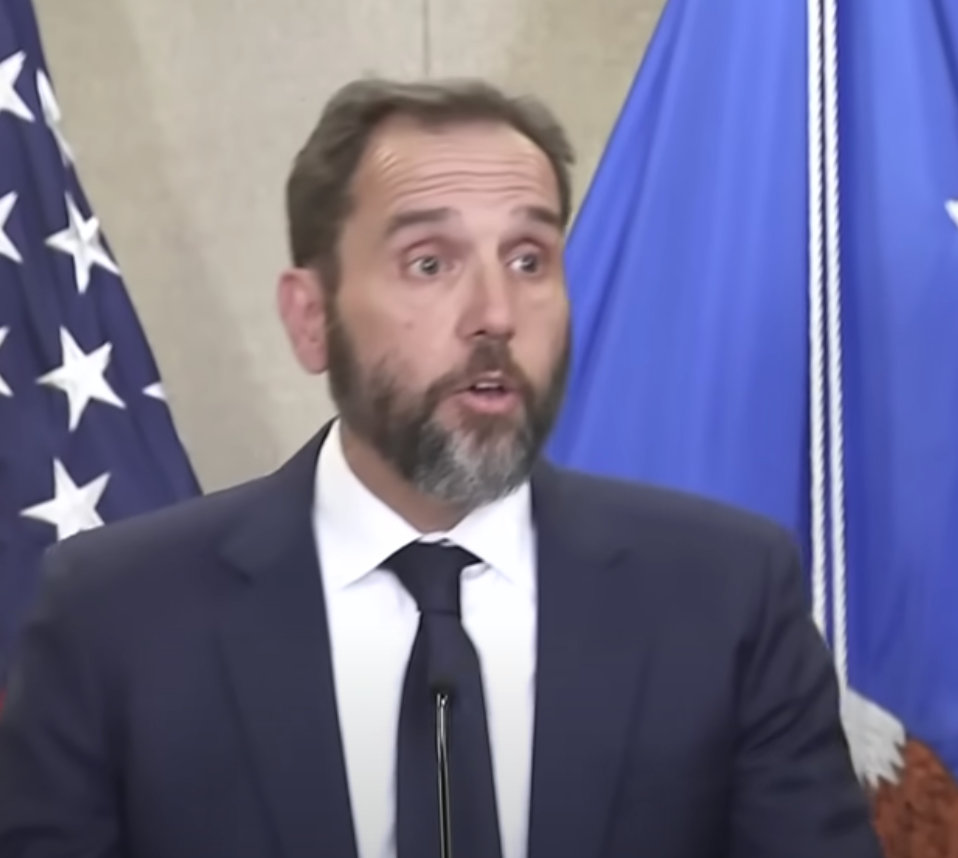Ross Parker was chief of the criminal division in the U.S. Attorney’s Office in Detroit for 8 years and worked as an AUSA for 28 in that office.

By Ross Parker
ticklethewire.com
Opiate Tales from the Emergency Room
The mind numbing opiate epidemic is not news, but the number of overdose deaths keeps climbing, and DEA agents say that we are still on the uphill side of the worst drug crisis in U. S. history. Until the opiate epidemic invades you or your family or friends, it is easy to underestimate the intransigence of the scourge.
Emergency room physicians and nurses have to cope with the unending tide of hopeless and desperate patients who are wheeled into the ER every day. These are stories from a typical urban hospital where all classes, ages and races end up unconscious on their front door step. The fact that the stories are so unexceptional illustrates the extent to which the drug has a death grip on the country.
One ER doc relates that at the beginning of his twelve-hour shift a young woman comes in close to death in an opiate overdose. The medical team uses their best efforts to revive her, and they are successful. The doctor and a nurse both advise her strongly that the next incident may not have a good outcome and that she needs to remain in the hospital for a full medical work-up by an internist as well as counseling and treatment. But she signs herself out of the hospital AMA (Against Medical Advice) before he or anyone else in the hospital can do anything to prevent her from leaving.

The ER doc’s shift proceeds with other patients. An hour before the shift ends, the same young woman is wheeled into the hospital with her second overdose. Again she is revived. Physicians are trained to make no moral judgments about their patients’ lifestyles, but frustration pervades the atmosphere of the facility. What’s the point?
At a different hospital an ER physician tells a story that is going around ERs about a practice of opiate addicts driving to the hospital parking lot, leaving the car in drive with their foot on the brake and taking their drug of choice. If they remain conscious during the “high,” they keep that foot on the brake until they can drive away to another destination. If they overdose and lapse into unconsciousness, their foot slips off the brake, and the car crashes into something stationary, another car, a wall or such. Hospital security then finds the overdosed driver and rushes him or her into the ER for emergency treatment.
How Much Is Too Much?
A third doctor relates a post-overdose conversation she had with a chronic user. The problem, the user explained, is that the most euphoric effect comes only when he is close to slipping into unconsciousness. So users, at least the ones who want to live, must gauge what amount will reach this point without unintentionally going too far. Could the doc give him a little advice on this problem?
Each drug, used legally or not, has a Therapeutic Toxic Ratio or Therapeutic Index, which is a comparison of the amount of drug that causes the effect sought to the amount that causes toxicity. There is a safety continuum between effectiveness and a lethal side effect. The user who was seeking advice was saying that the best high is one which occurs as close to the toxicity point as possible without going too close to a lethal overdose.
The problem with this over simplistic analysis is that there are so many factors and unknowns in the context of illegal drugs that predicting this point is impossible. Using recreational drugs doesn’t happen in the hospital laboratory. The unknown mixture of different drugs (e.g., heroin and fentanyl) prevents this assessment by a user. Also the strength and purity of the drug(s), user tolerance, and contaminants affect the reaction to the drug and change the safety continuum.
So, even if the doctor was inclined to have this discussion, it would have been impossible to do so. Instead the answer was that any time the user took a drug he was spinning a deadly roulette wheel. The unknown factors were the ones which could kill him or her. Even the same dose of a single drug can be effective one time and kill the user another time. The practice is inherently and unpredictably dangerous.
These are stories of a public emergency sliding toward a cataclysm, one not being addressed by policymakers and politicians. Appreciating its grim tenacity is only the first step to finding an answer to the epidemic.




